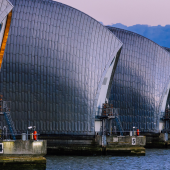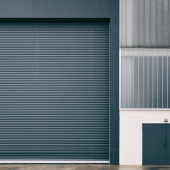Best of both worlds
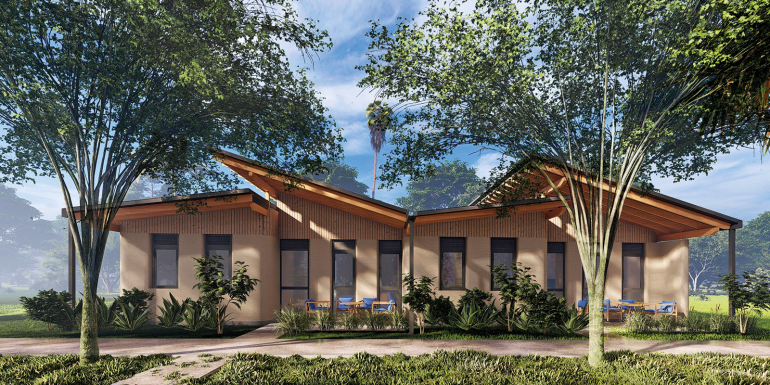
A major World Green Building Council study considers how to create affordable and sustainable homes. With the climate emergency and global housing crisis, this is vital, reports Huw Morris.
Mvule Gardens in Kilifi, Kenya, is the location of the world’s largest 3D-printed affordable housing scheme. The walls of the average house take between 12 and 18 hours to build. This slashes construction costs by 20%, creates skilled jobs for residents and allows people on low incomes to become homeowners.
The Salyani housing project in Bharatpur, Nepal, is replacing slums and upgrading homes as part of a continuous dialogue between its vulnerable community and the local municipality.
In Tiwi, Albay in the Philippines, homes were structurally retrofitted with resilient building materials with the specific aim of protecting against earthquakes, typhoons and heavy rains.
Such projects are among a range of global schemes highlighted in the major Sustainable and Affordable Housing Report by the World Green Building Council (WGBC), countering the perception that delivering affordable and sustainable housing is beyond reach. The challenge is massive. Around 80% of cities worldwide do not have affordable housing options for the majority of their populations, according to the European Parliament. Meanwhile, UN-Habitat estimates the world needs to provide three billion newly built or renovated homes by 2030 – enough for 40% of the global population. That means delivering 96,000 affordable homes every day.
Housing is also responsible for up to 21% of global carbon emissions. At least 85% of the world’s population have already been pummelled by climate change. Around 100 million people have been displaced by war.
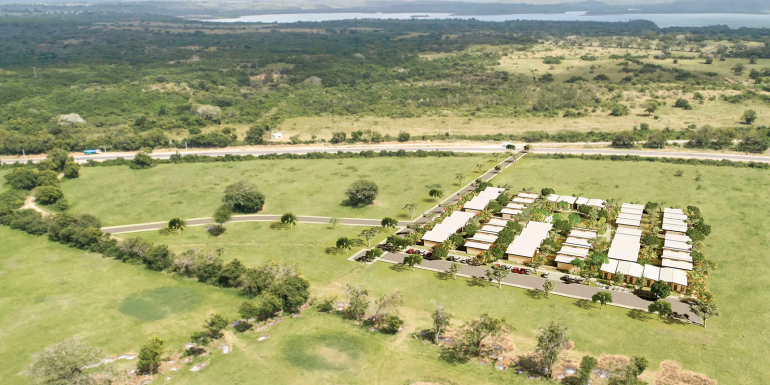
Hit and miss
The WGBC’s findings raise two fundamental questions. Why is access to such housing more miss than hit? And what is the answer?
The first is the misconception that sustainable housing is expensive, difficult to resource and takes too long to deliver. However, the WGBC says the tools, techniques and technologies are already there, as shown by Mvule Gardens, Salyani and Tiwi, among many others.
A second factor is the unholy trinity of population growth, climate change and economic crisis. These vary from region to region, but have similarities.
In Africa, for example, in the next 30 years nearly 950 million people are set to move to urban areas where housing is often low-density, poorly serviced, substandard, insecure and disconnected from transport networks and jobs. In Latin America, around 500 million people live in towns and cities where almost 94% of urban homes are poor quality. A quarter of the region’s population live in informal settlements or areas where vulnerable communities struggle with minimal facilities and without permanent accommodation.
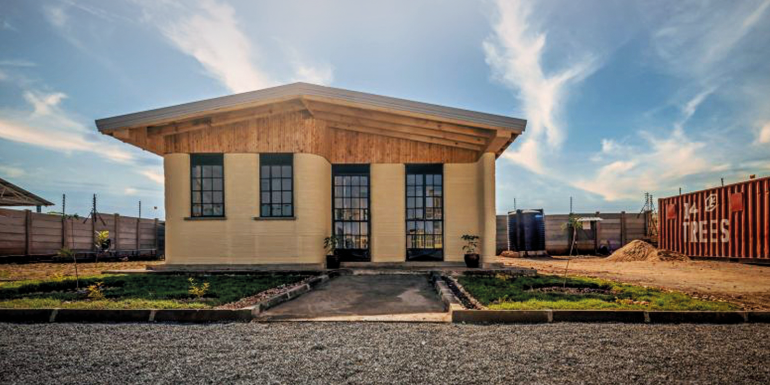
Housing is recognised as a key lever in meeting the UN’s Sustainable Development Goals (SDGs). Indeed, SDG11 aims to ensure “access for all to adequate, safe and affordable housing and basic services and to upgrade slums” by 2030.
The study offers a high-level summary of sustainable and affordable housing across the world today and how it can meet SDGs. From this, an international taskforce of green building councils and affordable housing experts has developed five key principles to guide best practice (see Principles of sustainable and affordable housing).
The WGBC’s message is twofold. The global building and construction industry must make “a monumental shift” towards retrofits and home improvements. By doing so, housing infrastructure can be part of the solution – rather than continue to make matters worse.
Read Sustainable and Affordable Housing at bit.ly/WGBC_housingreport
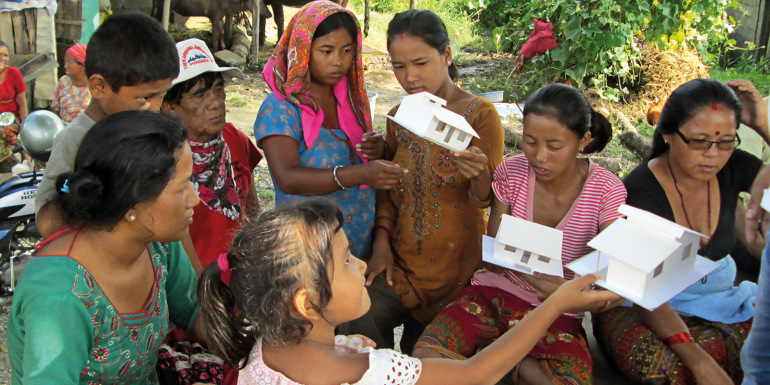
Principles of sustainable and affordable housing
The WGBC housing taskforce’s five key principles:
1. Habitability and comfort
Enhance indoor environmental quality to boost occupants’ mental and physical wellbeing and reduce factors that can lead to viral transmission and ill health by focusing on air, light, water, sanitation and acoustic, thermal and visual comfort.
2. Community and connectivity
Prioritise community inclusion in the planning and design stages of projects to avoid potential social unrest or displacement. Transport systems should be embedded into masterplans so communities can access jobs, services and amenities such as shops, schools, healthcare facilities and open space.
3. Resilience and adaptation to a changing climate
Ensure housing is adaptable, durable and easy to maintain through its life-cycle to allow retrofitting and reuse. Ensure structural safety is designed to withstand climate change scenarios, extreme temperatures and weather conditions such as floods, wildfires, droughts, hurricanes, storms and high winds.
4. Resource efficiency and circularity
Target whole-life carbon emission reductions across buildings and communities. Support energy transition away from fossil fuels and towards clean and renewables-powered electricity. Back this with energy and water efficiency measures while supporting the reuse, recycling and upcycling of materials through circular design principles.
5. Economic accessibility
Support affordable purchase and upfront rental costs, with options to secure housing beyond direct payment. Ensure affordable operational, maintenance and improvement costs.


